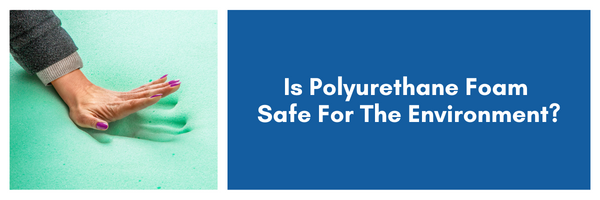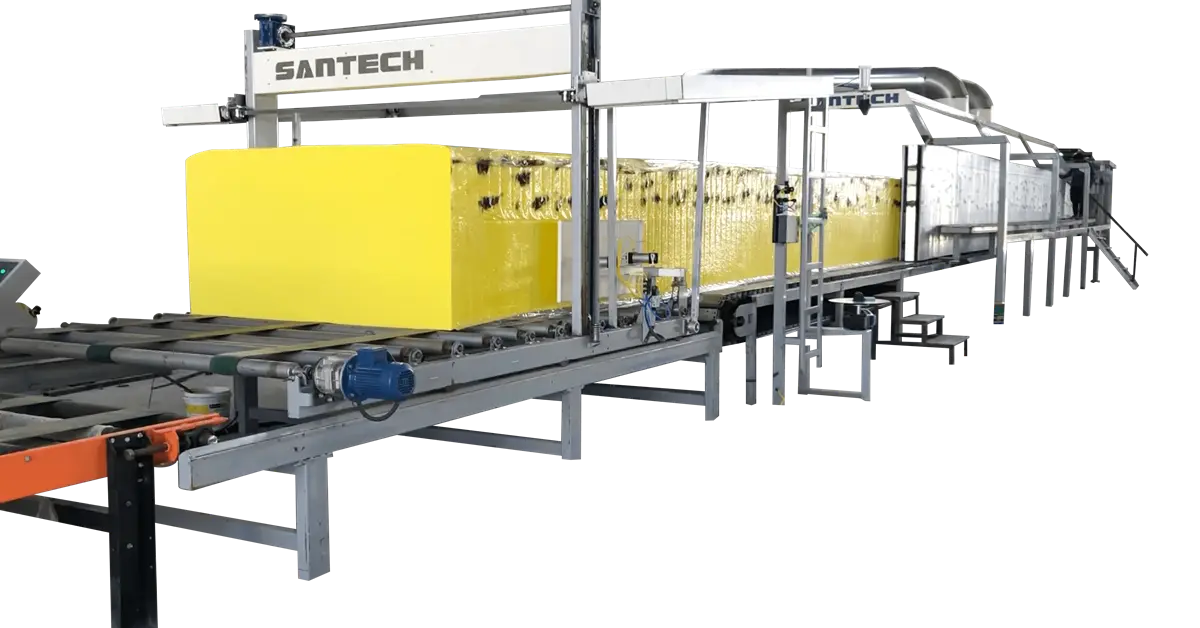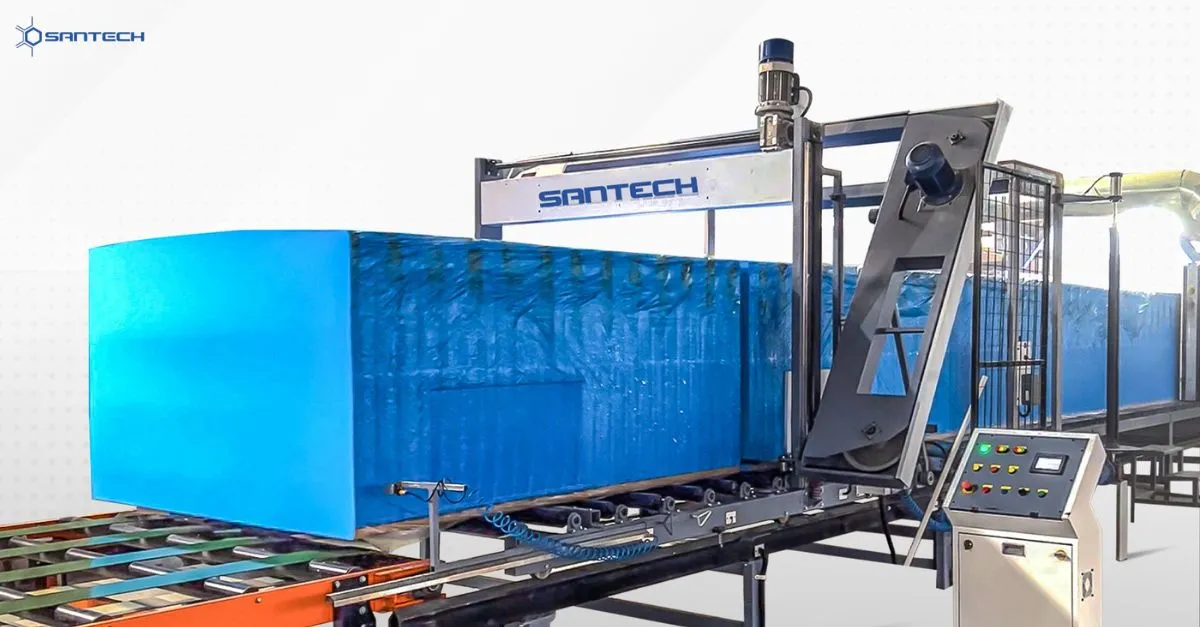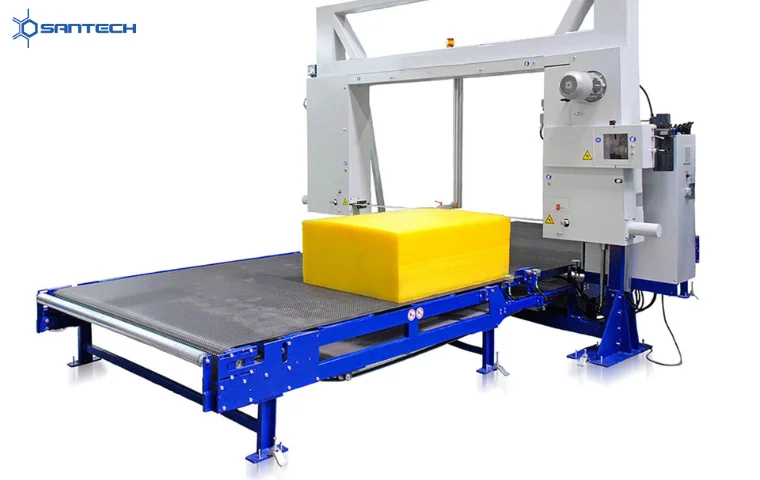The growing concern pertaining to more frequent weather events in recent years has been the result of Global warming. Concerning which government lately has been releasing guidelines to save the environment. The industries must now manufacture eco-friendly products due to the government’s stringent standards for achieving sustainability.
Amid the calamitic havoc, the foam industry is now adapting cruelty-free, reliable manufacturing processes. Yet the question arises–is PU foam environmentally friendly?
Formation Of Polyurethane Foam
Anything sounding a chemical name is considered hazardous. However, it is not always what it seems to be. To dispel the long-held myth, the Polyurethane Foam Association claims that PU is created when two organic materials—polyol, a naturally occurring alcohol, and diisocyanate, which can be acquired from plants or animals—react with water.
While the mixing ratio of these chemicals will result in varied foam densities that can be used across sectors. Ranging from an automobile seat to a piece of upholstered furniture, it is pretty apparent from comparing PU foams and plastic that polyurethane is more environmentally friendly than most plastics. They don’t contain any chemicals that disrupt the metabolism of living things and don’t change the PH of water and soil.
Polyurethane lasts significantly longer in the waste stream than most thermoplastics, which explains why it is not discarded as frequently. Additionally, numerous recycling solutions for PU foams can be used to recover the prepolymer components from which they were created. The use of polyurethane is highly widespread, ranging from the automotive industry to furniture, bedding, appliances, building, and other areas.
Polyurethane is appealing due to its durability and energy efficiency. Both have a favourable effect on the environment and the impacts of climate change. What does end up being wasted is also non-toxic and won’t harm the soil or water. The waste produced by the polyurethane sector is constantly being reduced as new methods are continually being developed to make the manufacturing process more energy-efficient.
Do They Help With Environmental Conditions?
At this point, we would indeed say Yes. Yet understanding the “how” aspect is even more crucial!
Items made of polyurethane run automobiles more effectively since they are lighter than products made of other materials. Domestic refrigerators use polyurethane as an insulator to improve energy efficiency, which is another way that polyurethane benefits the environment. Effective insulators like polyurethane products increase building energy efficiency by lowering the energy needed to heat and cool buildings, which reduces the level of pollutants in the atmosphere. Reduced carbon emissions and their effects on climate change can be primarily achieved by increasing energy efficiency.
However, a significant portion of the raw materials required to make polyurethane insulating foam is obtained from the chemical recycling of waste polyurethane or the chemical conversion of polyurethanes into polyols for further uses. As a result, around 30% of the polyols required to create rigid polyurethane foam, it can originate from this recycling without negatively impacting the foam’s performance. It has also been discovered that polyurethane is vulnerable to biodegradation by naturally occurring microbes. Typically, a substance will crumble, lose its flexibility, and become discoloured when exposed to light, moisture, and heat, making it all the more suitable for manufacturing across industries.
In many regions, polyurethane waste is utilised to generate electricity for the combustion of solid trash, hence lowering the demand for fossil fuels.
Why Is It Better Than Other Materials?
Polyurethane outperforms rubber in terms of wear resistance and flexibility, is impervious to oils, is less prone to smudges, ages more slowly, recovers from deformation more rapidly, and can withstand mechanical stress better.
Polyurethane is unquestionably more supple and lighter than metal, doesn’t conduct electricity, and is more resistant to abrasives. In addition to being substantially less expensive to produce and maintain, systems with parts made of polyurethane make less noise. These factors determine the ultimate product’s quality and price.
Polyurethane performs better at high and low temperatures than plastic, is more malleable, and does not shatter when subjected to shock or other mechanical stress.
In The End
Abiding by all eco-friendly and sustainable guidelines, Santech Industries has been producing high-end foaming machines for over two decades. These also include foam-cutting machines and rebonding systems to meet industry demands. Our machines are composed of advanced German technology to ensure extended durability for decades.




